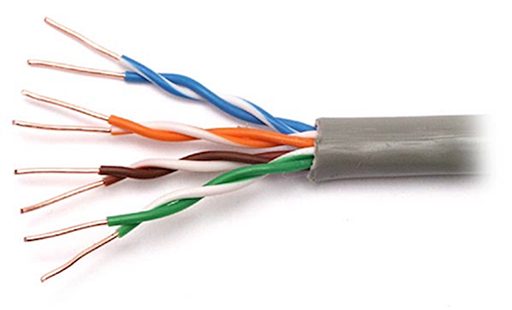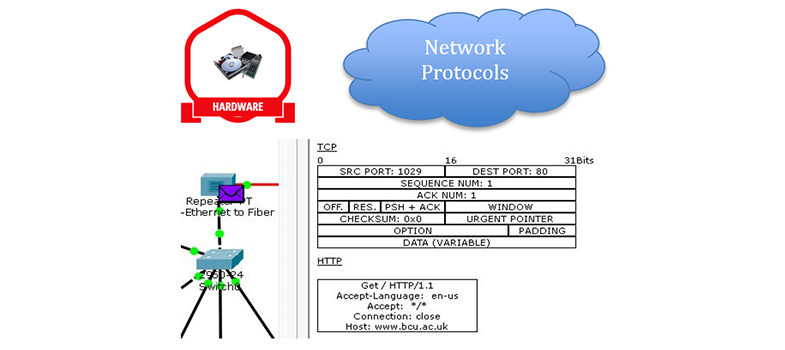5 Internet layer
- This layer allows computing devices to exchange data across networks. It receives segments of data from the transport layer protocols and encapsulates them within packets. The packets contain address information identifying the source and destination devices, allowing packet switching devices such as routers to route them to the correct destination network.
- There are two Internet layer protocols currently in use:
- Internet Protocol v4 (IPv4): this is the most popular TCP/IP Internet layer protocol, which uses 32-bit addresses, superseding historically previous versions. The networking industry is slowly phasing out IPv4 due to the rapid growth of the Internet and the increasing demand for IP addresses, which it can no longer support. However, this will take considerable time as there are many systems and devices still dedicated to IPv4.
- Internet Protocol v6 (IPv6): this is the replacement for IPv4. It uses a 128-bit address and is capable of supporting the expected future growth of devices connecting to the Internet.
- The switchover from IPv4 to IPv6 was facilitated by the layered approach to network protocols. Because IPv6 can perform the same function as IPv4, there was no requirement to redesign the protocols above (TCP and UDP) or below the Internet layer.

Figure 5
Activity: Compare IPv4 to IPv6
By signing in and enrolling on this course you can view and complete all activities within the course, track your progress in My OpenLearn Create. and when you have completed a course, you can download and print a free Statement of Participation - which you can use to demonstrate your learning.
Back to previous pagePrevious
4 Transport layer
